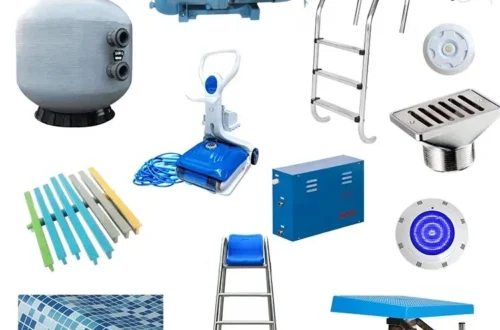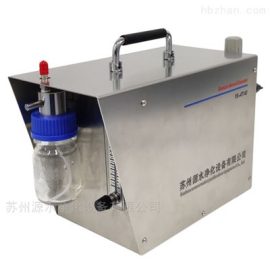Alloy 330 UNS N08330: Properties, Applications, and Benefits
Alloy 330 UNS N08330: Properties, Applications, and Benefits
Alloy 330 UNS N08330 is a nickel-iron-chromium austenitic stainless steel known for its exceptional resistance to oxidation and carburization. This material maintains excellent mechanical properties at high temperatures, making it a top choice for demanding industrial environments.
Key Properties of Alloy 330
The alloy offers outstanding thermal stability, with high strength and ductility from cryogenic temperatures up to 2000°F. Its low thermal expansion coefficient reduces stress under rapid temperature changes. Additionally, Alloy 330 resists sulfidation and offers good resistance to chloride stress corrosion cracking.
Industrial Applications
Common uses include furnace components, heat treatment equipment, and radiant tubes. It’s also utilized in chemical processing, petrochemical industries, and power generation systems. Its durability makes it suitable for high-temperature fixtures and heat exchangers.
Benefits for High-Temperature Use
Alloy 330 minimizes scaling and retains strength under cyclic heating conditions. It provides long service life in oxidizing and carburizing atmospheres, reducing maintenance costs and downtime.
Frequently Asked Questions
What is the maximum operating temperature for Alloy 330?
It performs reliably up to 2200°F in continuous service.
Can Alloy 330 be welded?
Yes, it has good weldability using matching filler metals.
Is it corrosion-resistant?
It offers excellent resistance to oxidation and moderate corrosion in various environments.
For detailed specifications and material data, explore our resource on Alloy 330 UNS N08330.
Ready to optimize your high-temperature applications? Contact us today for technical support and pricing on Alloy 330 solutions tailored to your needs.


